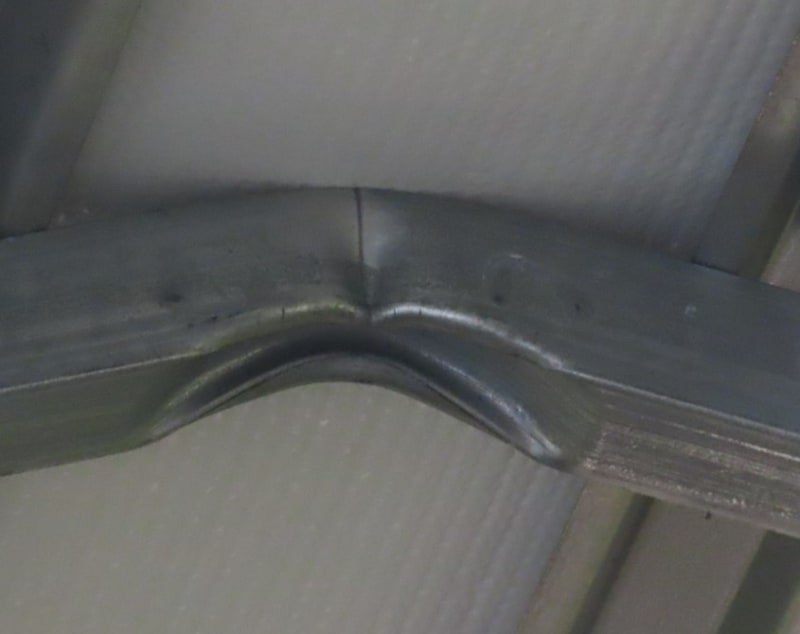PSUengineer1
Structural
Hi.
I have a pre-engineered building (about 25x60) with steel frames spaced about 5 feet on center. Frames are constructed with tube steel. The frame is continuous at ridge. The ridge condition is shown in attached photo. What is the general terminology used to describe this condition of the frame at the ridge? Thanks.
I have a pre-engineered building (about 25x60) with steel frames spaced about 5 feet on center. Frames are constructed with tube steel. The frame is continuous at ridge. The ridge condition is shown in attached photo. What is the general terminology used to describe this condition of the frame at the ridge? Thanks.

